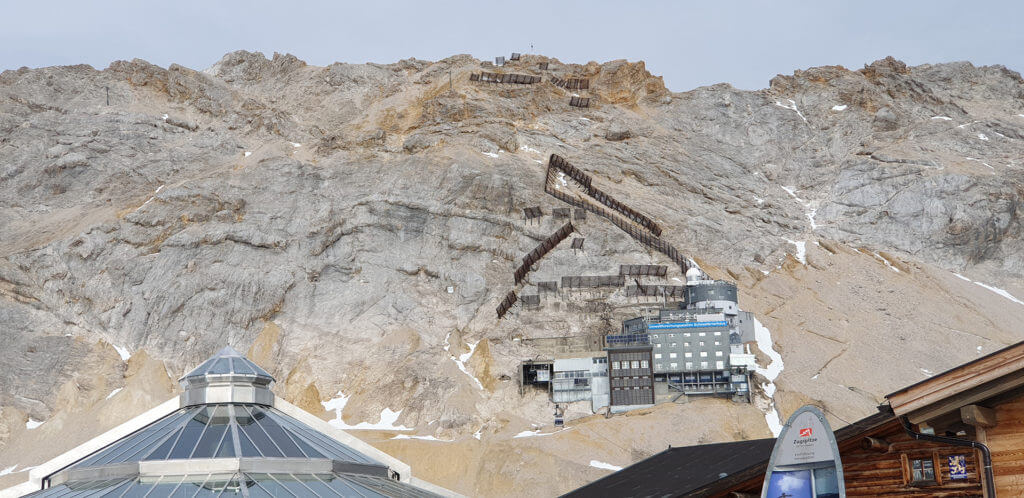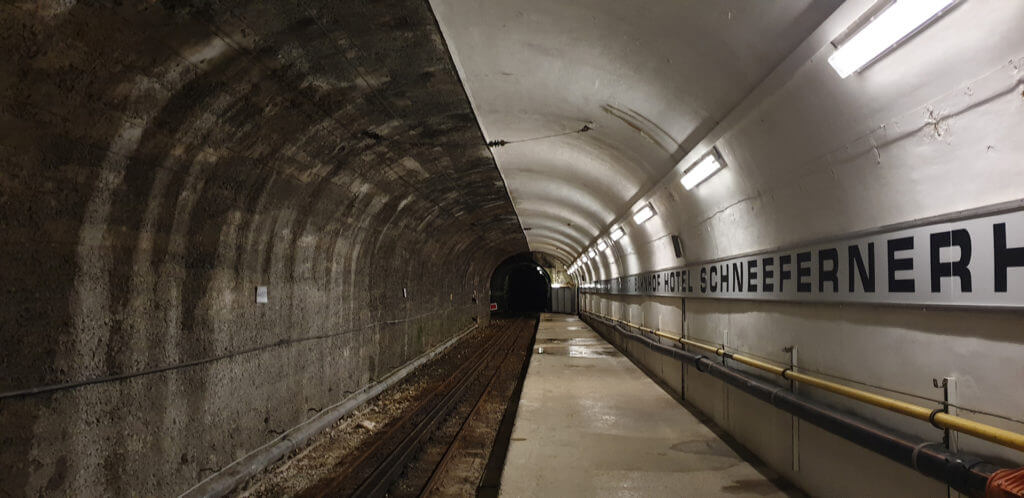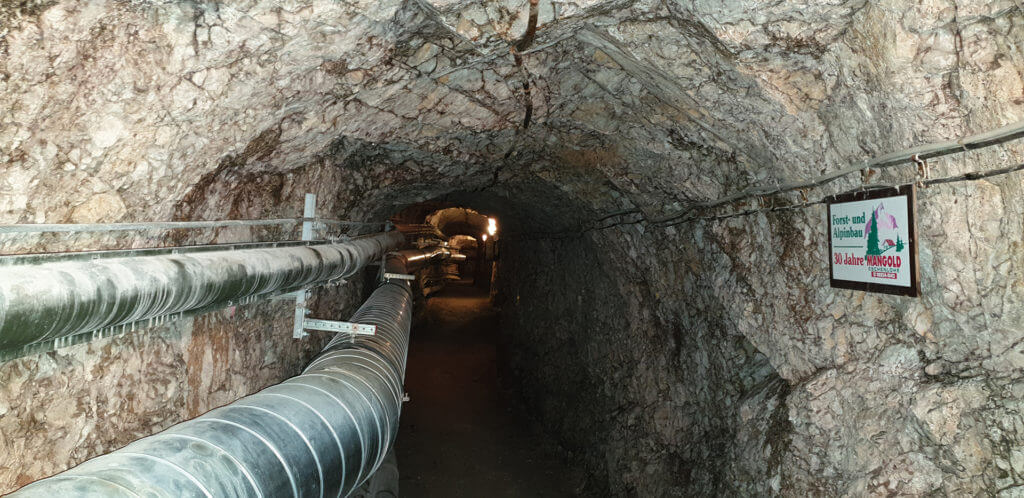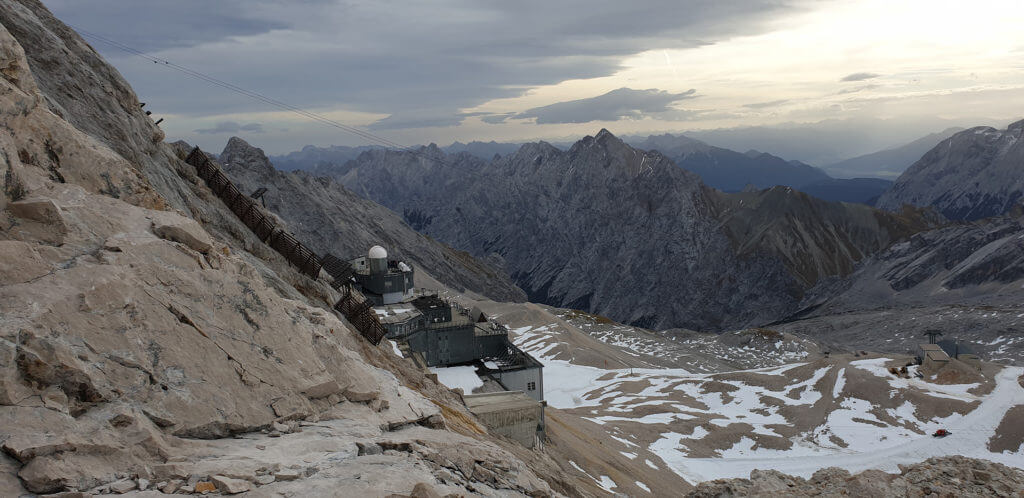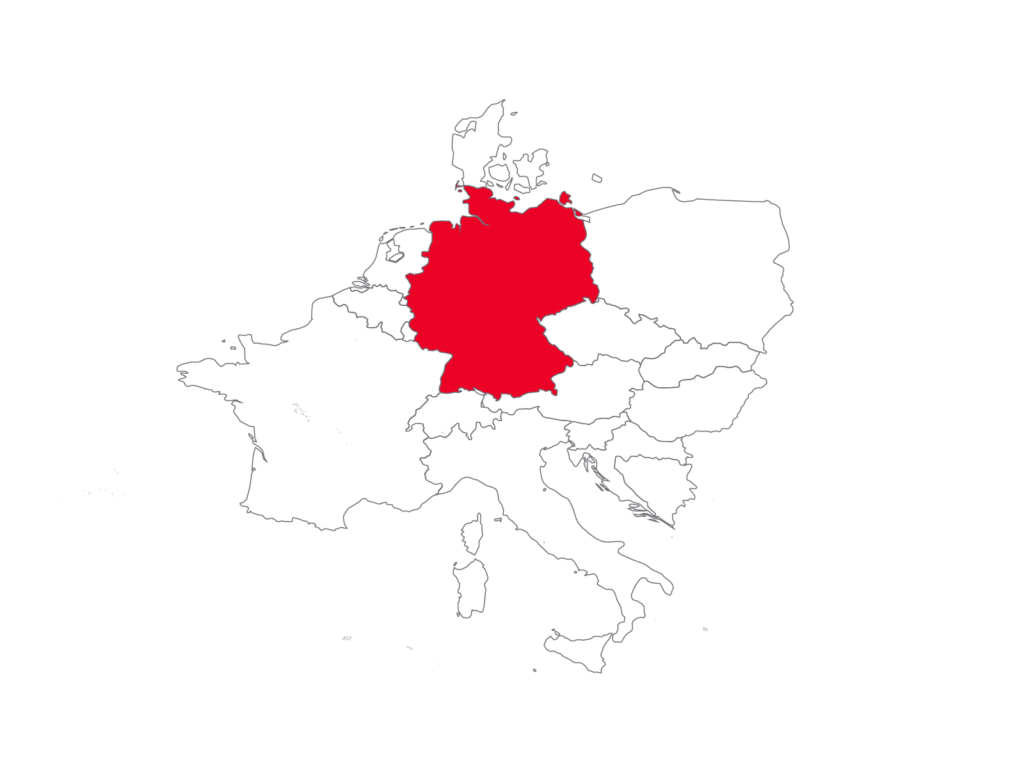Project 1
Ongoing detail design
E05 Korsvägen, NATM design Liseberg Tunnel, Göteborg, Sweden
The project section E05 Korsvägen is part of the railway project Västlänken in the centre of Göteborg, Sweden. E05 Korsvägen includes mined, open-cut and cut-and-cover tunnels, a station a dive structure at Almedal, and a crossing under the Mölndalsån river.
Structures: NATM Tunnel – Design of excavation, support, and secondary lining
Design scope: Investigation of options, feasibility studies, concept design, detail design
Owing to the shallow cover and complex geotechnical conditions, the tunnel is excavated in with conventional NATM methods using sidewall drifts. Ground improvement and waterproofing measures, pile walls and dewatering were undertaken in advance of the tunnel drive. The secondary lining is a waterproof reinforced structure.
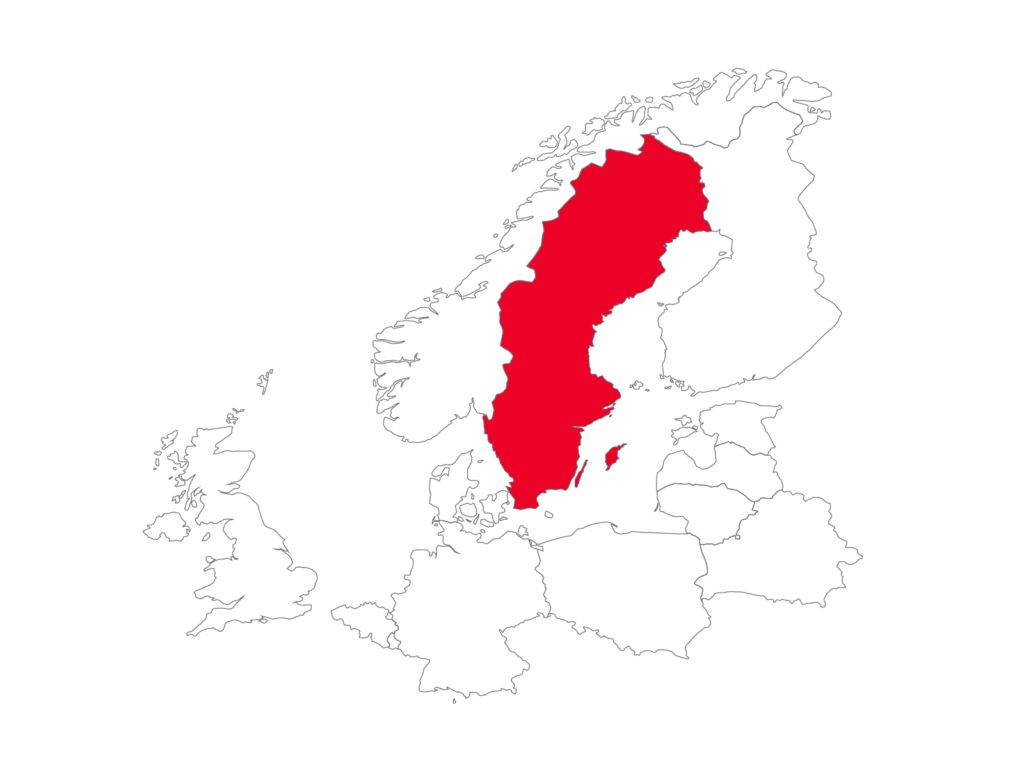
Project 2
Emergency escape and services tunnel design
Schmitten Tunnel
The Schmitten Tunnel was built between 1992 and 1995 according to the guidelines and standards for road tunnels (RVS) of the time. It was opened to two-directional, single carriageway traffic on 27th June 1996. Components of the safety equipment must be brought up to modern standards after 23 years of continual operation.
It becomes steadily more difficult to find replacement parts for old systems. Contingency measures in case of technical defects can only be used to sustain levels of safety for a limited time..
New tunnel standards require that the distance between emergency exits must not exceed 500 m. Three additional emergency escape passages are needed to ensure the possibility self-rescue.
ATE created the concept of the escape and emergency service tunnel for the Schmitten Tunnel, the initial and consent design, the geotechnical and detailed detail design, tender evaluation, and design coordination.
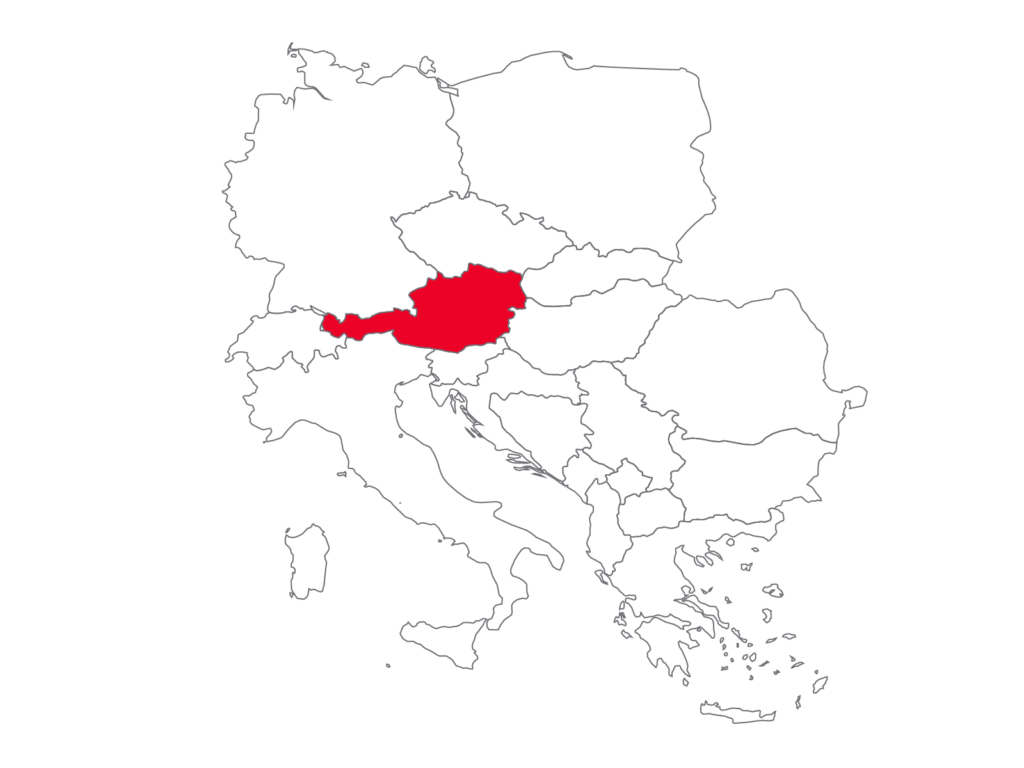
Project 3
Feasibility study
Research station Schneefernerhaus – Zugspitze
The Schneefernerhaus is a former hotel 2650 m above sea level and has been used as a climate monitoring station since 1999. The feasibility study was undertaken to find underground solutions for an additional research station at the watershed above the existing Schneefernerhaus. Access to the construction site was by means of the existing rack-and-pinion railway. The research station was to continue operation during construction.
A construction site on the highest mountain in Germany presents some challenges. Environmental protection, re-use and removal of material, vibrations and effects on the research were all considered.
The unusual conditions, such as restricted transport access for plant and tools, extreme weather conditions were all overcome with diligent planning.
